Staten Island had long been the butt of many New Yorkers’ jokes due to the landfill there that took on all of NYC’s garbage for more than half a century. Now, though, the former landfill is being transformed into what will be NYC’s second-largest park at 2,200 acres in size. That’s about three times the size of Central Park! It’s called Freshkills Park, named in honor of the former Fresh Kills landfill, on which it’s being built. And last weekend, we got a behind-the-scenes look at this not-yet-open-to-the-public park to learn about its vision for the future.
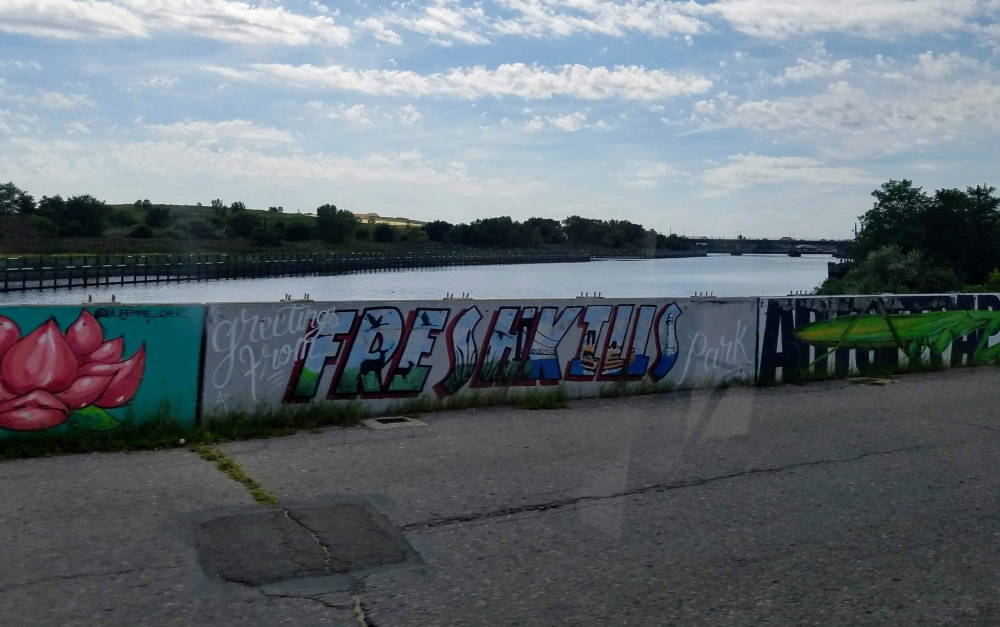
So, I know, what’s up with the funny name you ask? Well, “kills” is a Dutch word that means “waterway”. The landfill was actually built on top of a wetland area on the western side of Staten Island known as Fresh Kills, which basically translates to “fresh waterway”. Pretty ironic place to put a landfill, don’t you think???
The Fresh Kills landfill was opened by Robert Moses in 1948 and was only supposed to be used as a landfill for about three years. (Unsurprisingly, Robert Moses was also responsible for what has since become known as Glass Bottle Beach…) Since the landfill was to be located in a wetland area, the plan was to spend those few years filling in the wetlands to raise the ground level up above the water level. This would allow parks, businesses, and residential neighborhoods to be built up on top of the former wetlands.
Except. That’s not exactly what happened.
As it turns out, the landfill ended up remaining in use for not three years…but fifty-three years. During that time, Fresh Kills was taking in all of NYC’s garbage. However, there is a line in NYC’s charter that says no borough can bear an undue burden of the other boroughs. As such, it was decided that it was no longer fair for the people of Staten Island to be taking on all of the city’s waste.
And so, in 2001, the landfill closed and now all five boroughs are responsible for managing their own waste. And while most of the trash mounds have been capped for some time, the West Mound is still in the process of being capped today. Also, the Department of Sanitation in Staten Island does still manage a waste transfer station at the Fresh Kills site, where all of the borough’s trash is packed onto trains and then sent down to South Carolina to be dumped in a landfill there.
This process will continue even once the park is fully open to the public, though I assume South Carolina will eventually decide they don’t want NYC’s garbage anymore and then who knows where it goes next? The city apparently has a plan to send no waste to landfills by 2030, but I have to say, that seems fairly ambitious to me. The amount of garbage produced by this city is staggering, and ten years doesn’t seem like nearly enough time to completely solve this problem.
We were able to visit the park through an Untapped Cities Insiders tour, and our group was picked up at the Staten Island Ferry terminal by an NYC Parks department shuttle and transferred to the park. (And if you’re wondering why the photos in this post are kinda meh, my apologies, but most were taken through the shuttle bus windows).
Once we passed through the gate, we first traveled by a huge pile of rubble and garbage that we later learned is used for training NYPD search and rescue dogs. We also passed by what looked like an enormous pile of dirt and learned that it was actually a giant compost pile. Under the pile, there are even heaters and blowers which help to speed up the breakdown of the organic materials.

Soon after, we got off the bus and went into the park’s temporary visitor’s center. Our guide showed us a couple maps to help us get a sense of where we were and what projects are currently underway within the park. It’s kinda crazy, but they plan to be building the park out for at least 20 more years!
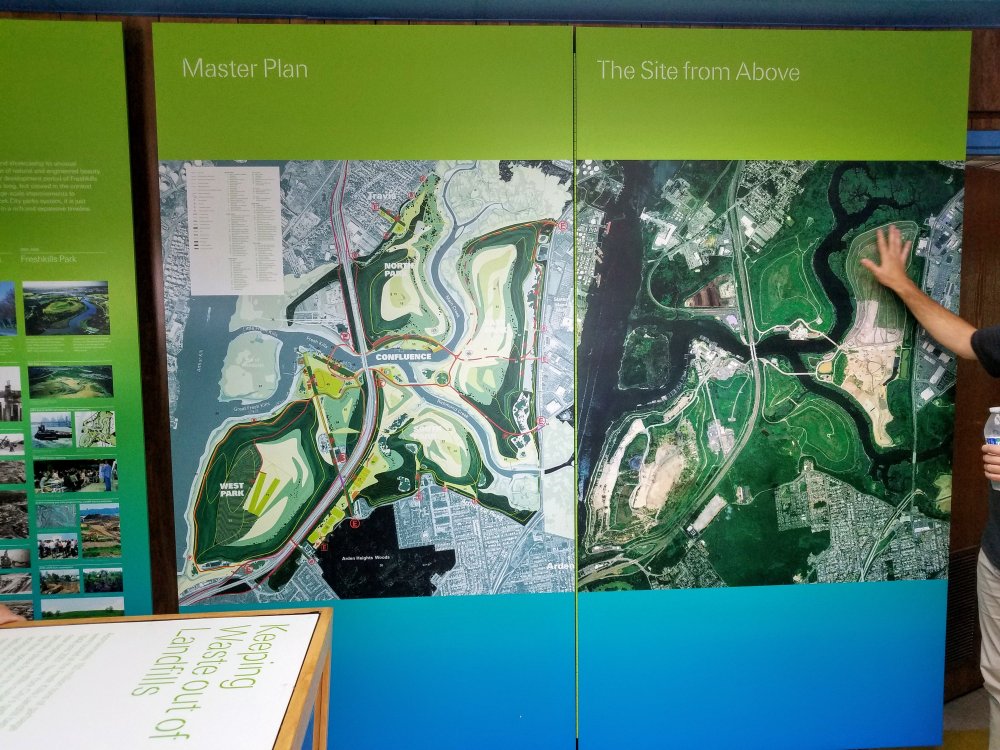
The design plan essentially has construction happening from the outer edges of the park moving inward. The park borders several neighborhoods, and there are actually a couple projects at Freshkills Park that have been completed including Schmul Park, the Owl Hollow Soccer Fields, and the New Springville Greenway.
Future plans for the park include an education center and amphitheater, as well as greater access to the wetlands for kayaking (they currently offer kayak tours, too!) Currently, North Park Phase 1, a 21-acre section of the park, is under construction and is slated to open to the public sometime in 2020. They also hope to eventually have a small ferry terminal that would allow visitors to easily access the site in the future.
Since the park is being built on top of a landfill, there are clearly some limitations for what can be done there. Due to their weight, buildings can’t be placed atop the mounds of trash, and it’s even uncertain whether things like mountain biking trails can realistically be introduced to the park due to how such activities would impact and disturb the soil that protects what lies beneath it.
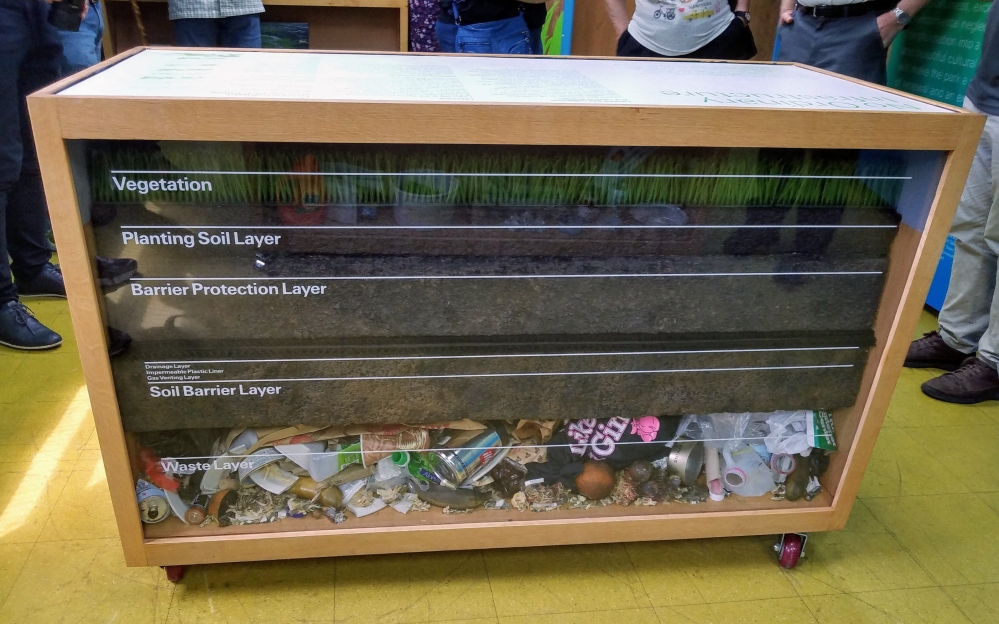
The old piles of trash are covered by quite a few different layers, and we got to see a great exhibit in the visitor’s center explaining just how the process works. The entire landfill cap is anywhere from 3 feet to 12 feet deep, and most of that variation in depth comes from the initial soil layer that is dumped atop the trash itself. This soil barrier can be 1 to 9 feet deep, and this is what helps to give contours and shape to the landscape.
On top of this are the three most important layers. First is the gas venting layer. As landfill garbage breaks down, gases rise up and need to be vented off. Above that is an impermeable plastic layer, which prevents anything nasty from making its way up to the surface and just generally keeps everything beneath it in place (and is basically what allows for things like parks to be built on top!) Next is a drainage layer which diverts excess rainwater not absorbed by the layers above it so that you don’t end up with any landfill landslides!
Once you get to this water drainage layer, there are three more layers on top, two of which are soil. The top layer of soil is an incredibly clean type of soil, which our guide referred to as “residential-grade topsoil”. Parks typically need to meet commercial standards for soil, but this topsoil is actually a couple levels above that in quality. There are no metals in it, and it’s just really clean and safe, making it great to use in a place where you want to build a park.
And finally, on top of all of that is the vegetation. At the park, they’ve planted a native seed mix of grasses to reintroduce vegetation to the Freshkills Park site. Interestingly, they didn’t plant any trees at the site, but several have sprouted up on their own.
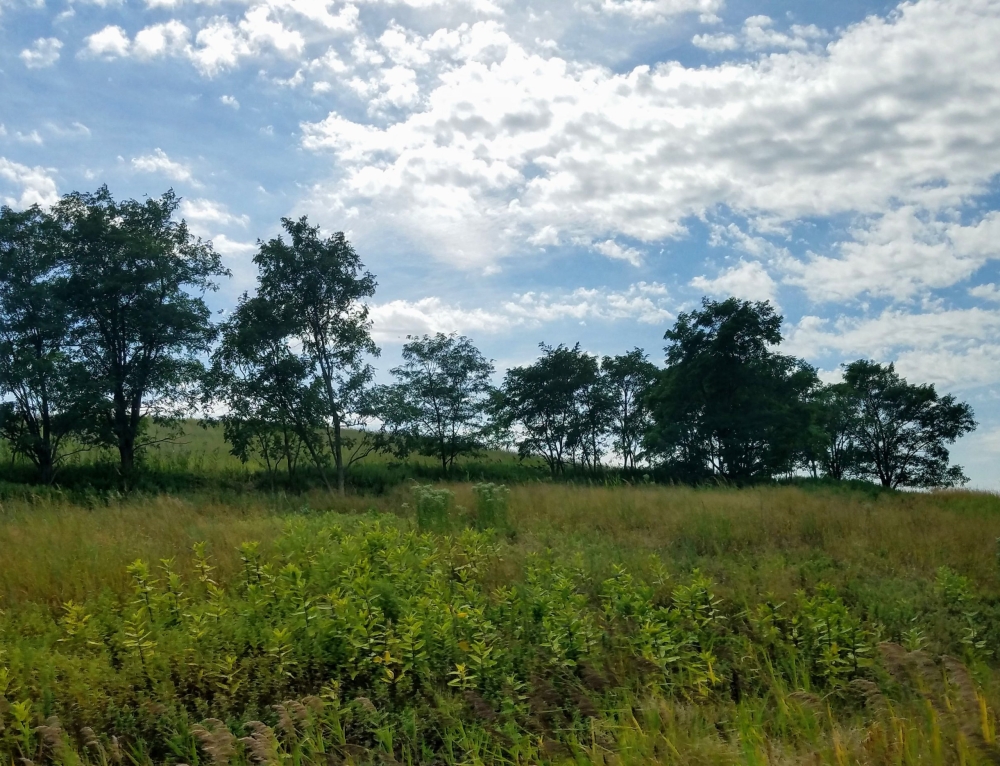
There were concerns that the trees’ roots would damage the impermeable plastic layer protecting the landfill, but as it turns out, researchers discovered that once the roots had reached this layer they started growing sidewise rather than down. So while they’re not encouraging the growth of trees at the site, they’re also not taking any steps to remove the ones that have already sprouted up on their own.
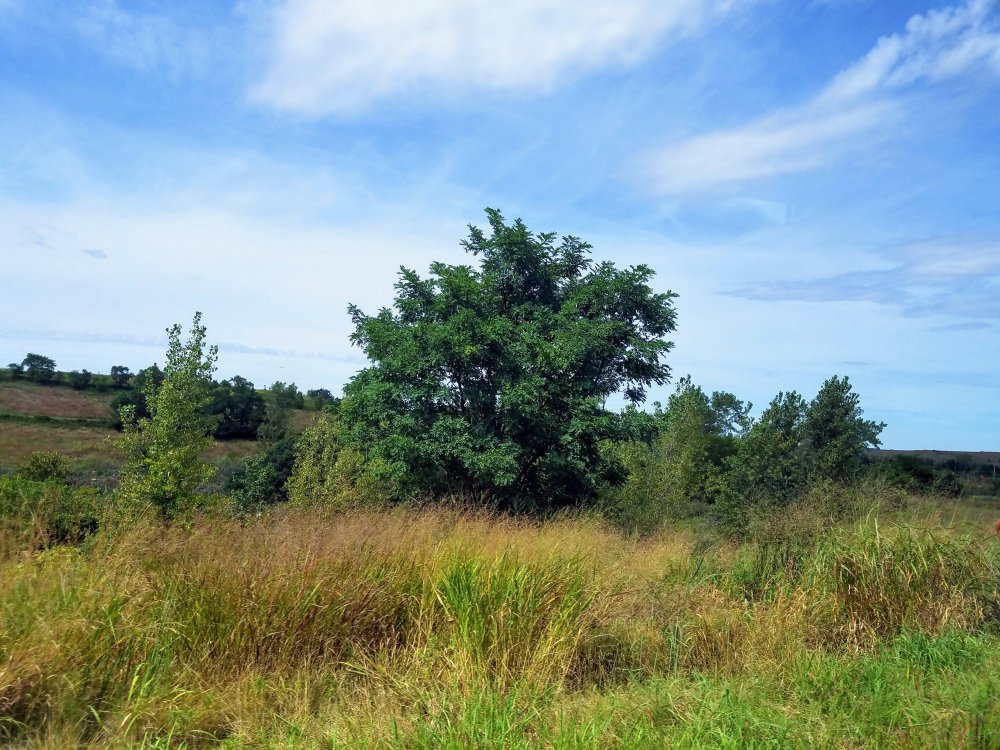
Once we understood what we were about to see, we headed out onto the shuttle to drive through the park and see some of the wonderful vegetation that is thriving in Freshkills Park. There are some invasive species in the landfill, including phragmites and mugwort, in addition to those rogue trees and some beautiful wildflowers. The whole site is very wild and unmanicured, but it is incredibly beautiful! This park is going to be fantastic when it’s completely finished and fully open for all to enjoy.
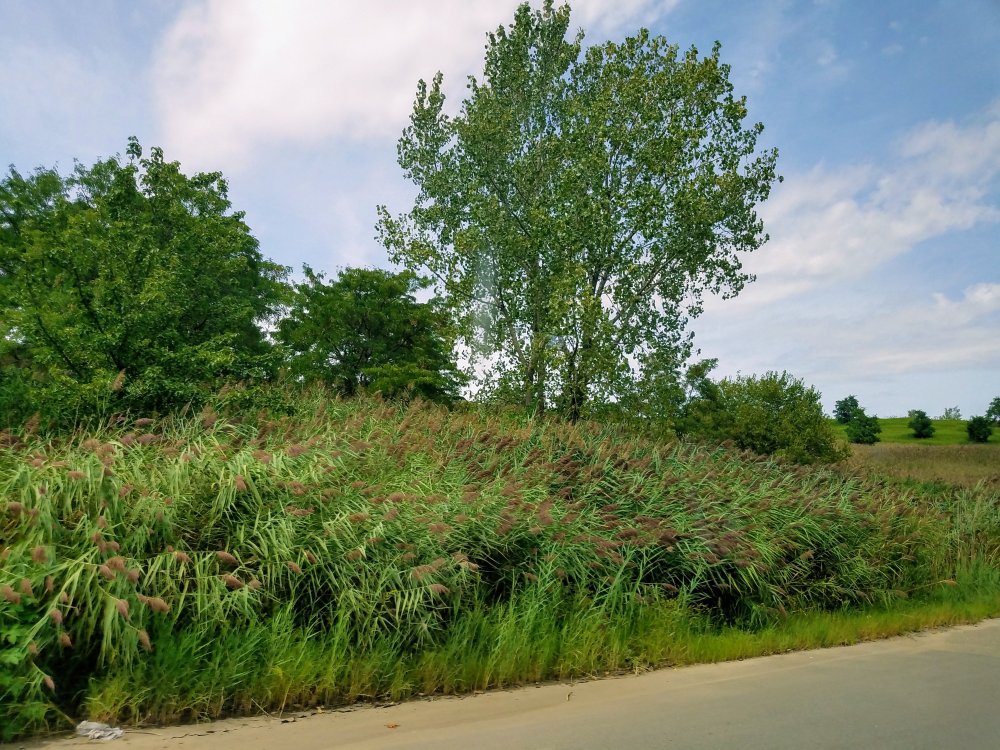
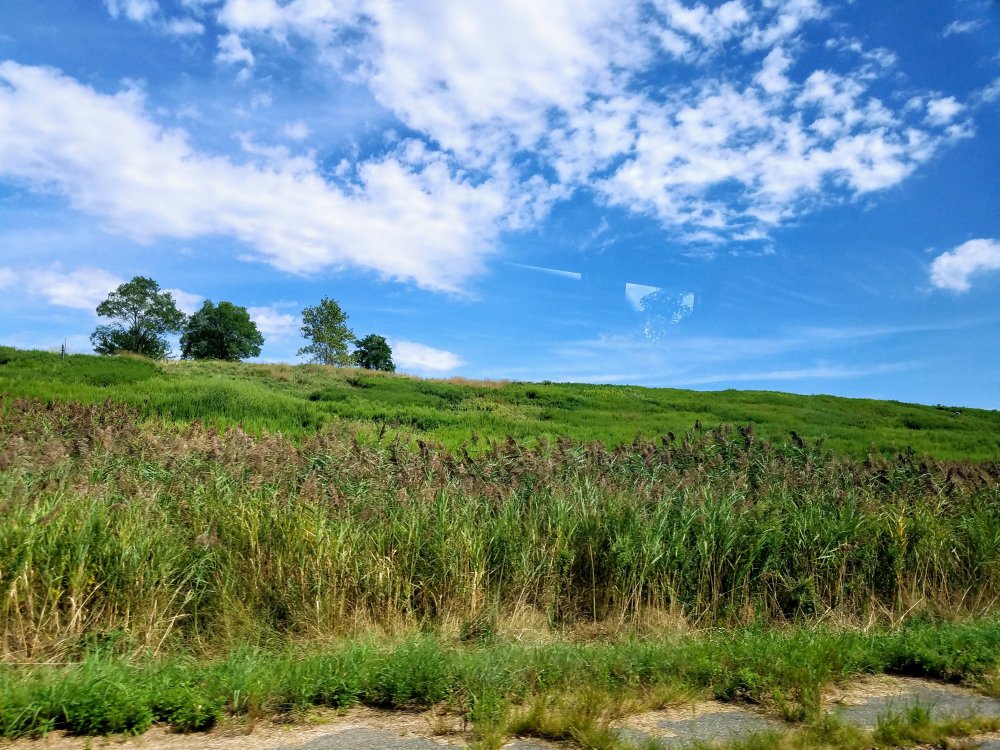
But as we drove through, we couldn’t help but be reminded that we were still on land that was once used as a landfill. Occasionally, we’d pass one of the many pipes sticking out of the ground around the park. You can also see the very industrial-looking “flare stations” which are used to burn methane, turning it into carbon dioxide and water.
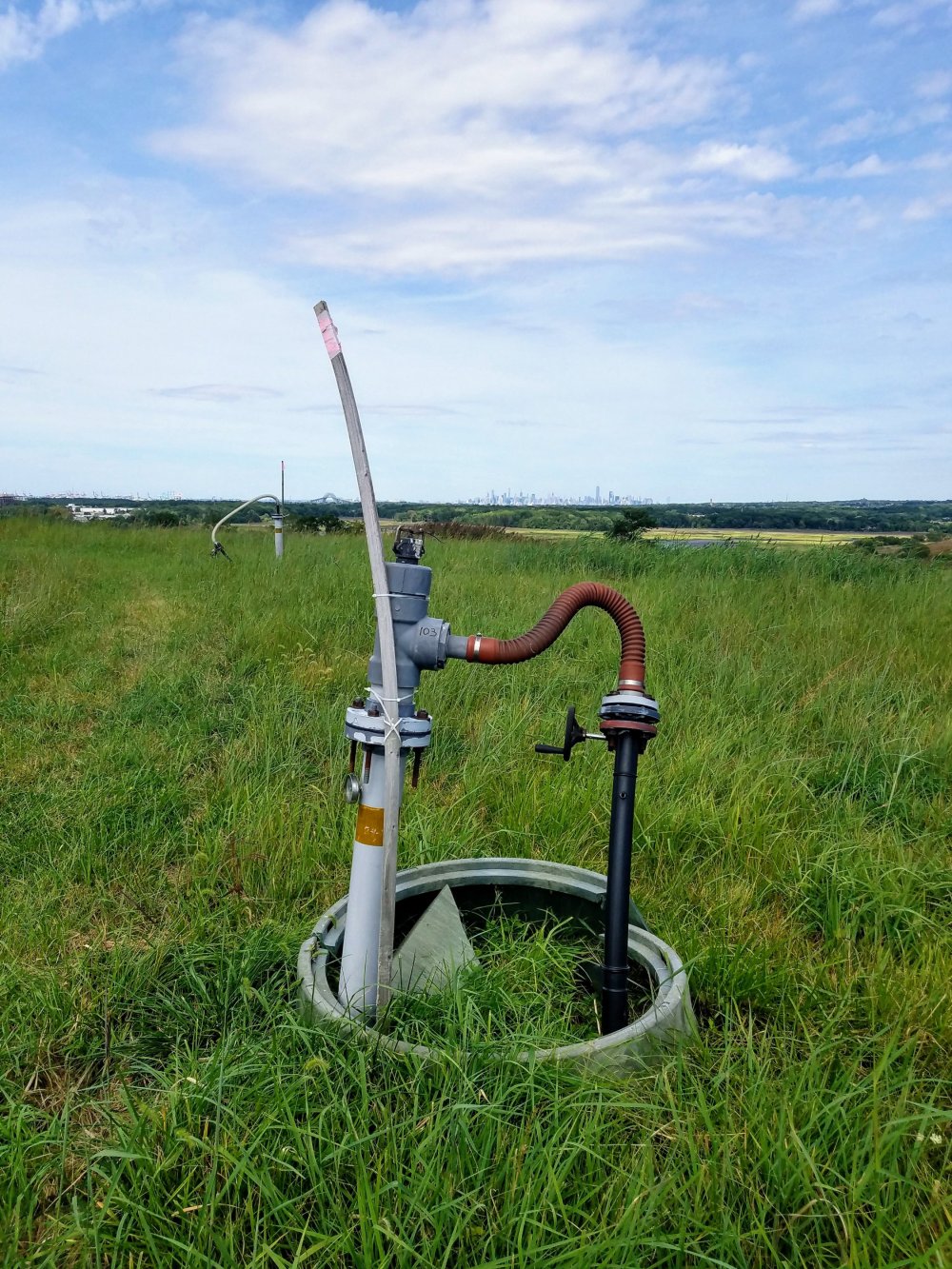
Though we know carbon dioxide is harmful to the ozone layer, methane is apparently a much more potent greenhouse gas, so the flare stations can help to make it less harmful to the environment if it does need to be released. (Incidentally, some of the methane produced within the landfill is also piped out into the National Grid pipeline.)
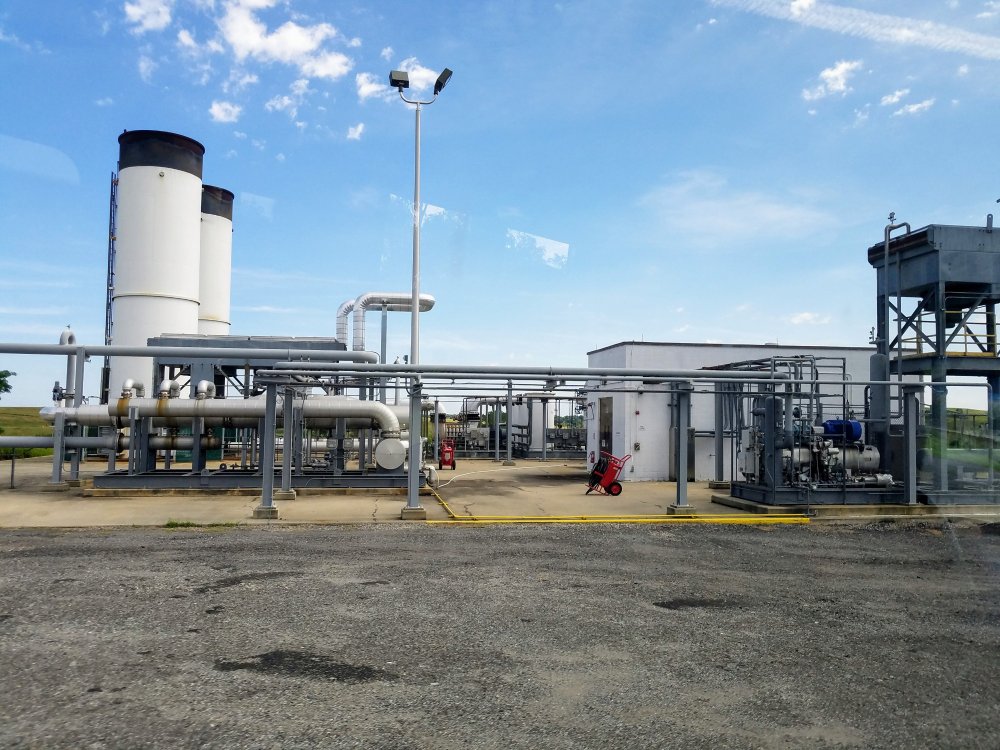
Before leaving the park we drove over to the North Mound to take in a spectacular view of the Manhattan skyline and even caught a glimpse of Lady Liberty standing proudly in New York Harbor. We could see for miles and miles, and I marveled at the fact that we were really standing on top of a huge mound of trash that was transformed into something truly remarkable!
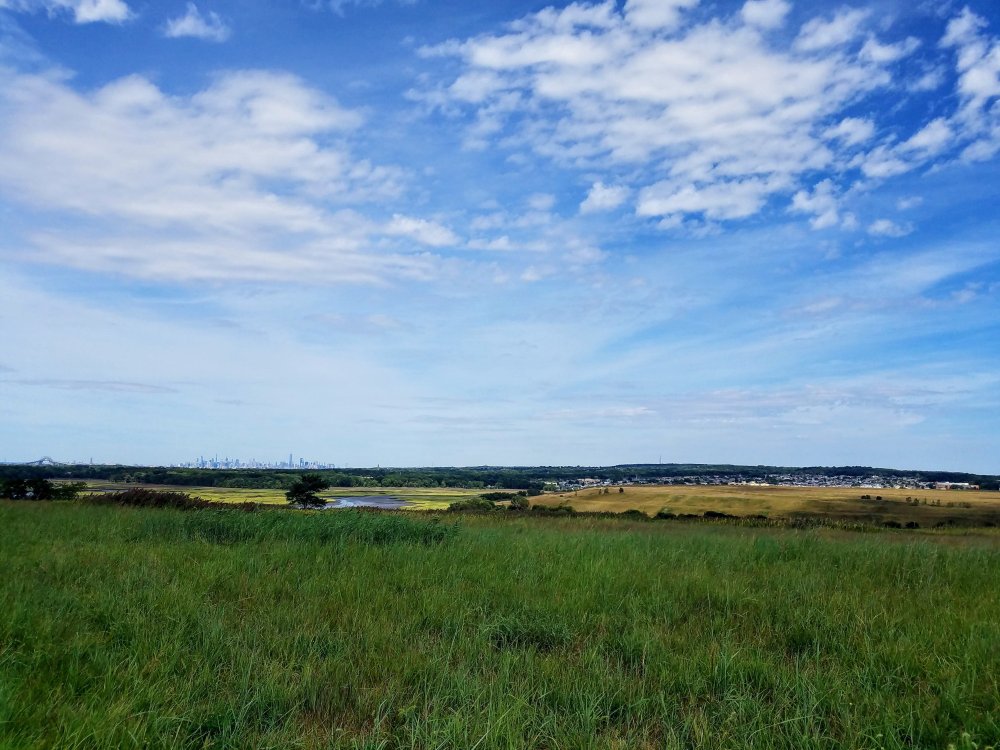
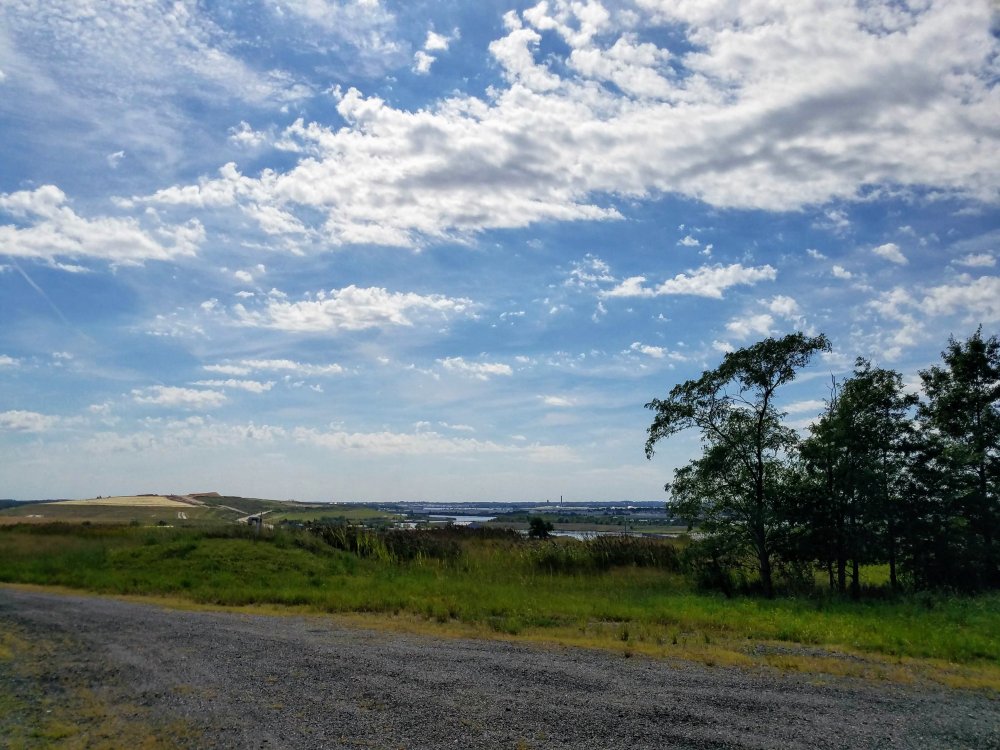
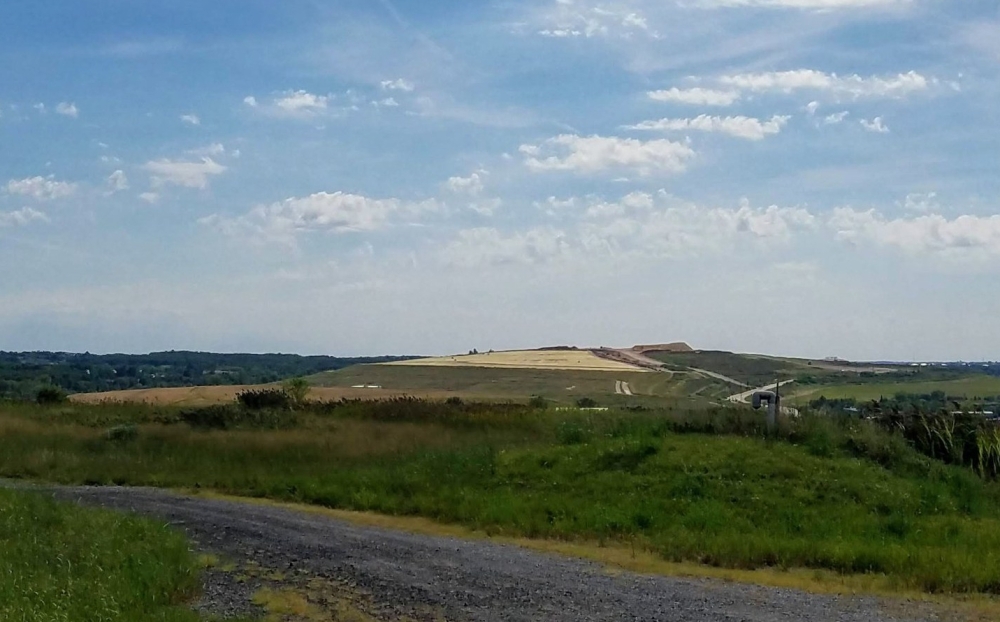
I for one can’t wait to see the park once construction is fully completed, but there are still several ways to see the park in the meantime. There are multiple activities organized by the park, including nature walks, kayak tours, and their annual Discovery Day, which takes place this Sunday, September 15th.
Discovery Day will open the park to the public for a day of tours, cycling, and exploring. They even offer free shuttle service from the Staten Island Ferry terminal in St. George, which is about a 30-minute drive from the park. Discovery Day is free, but they do ask that you register if you plan to come.
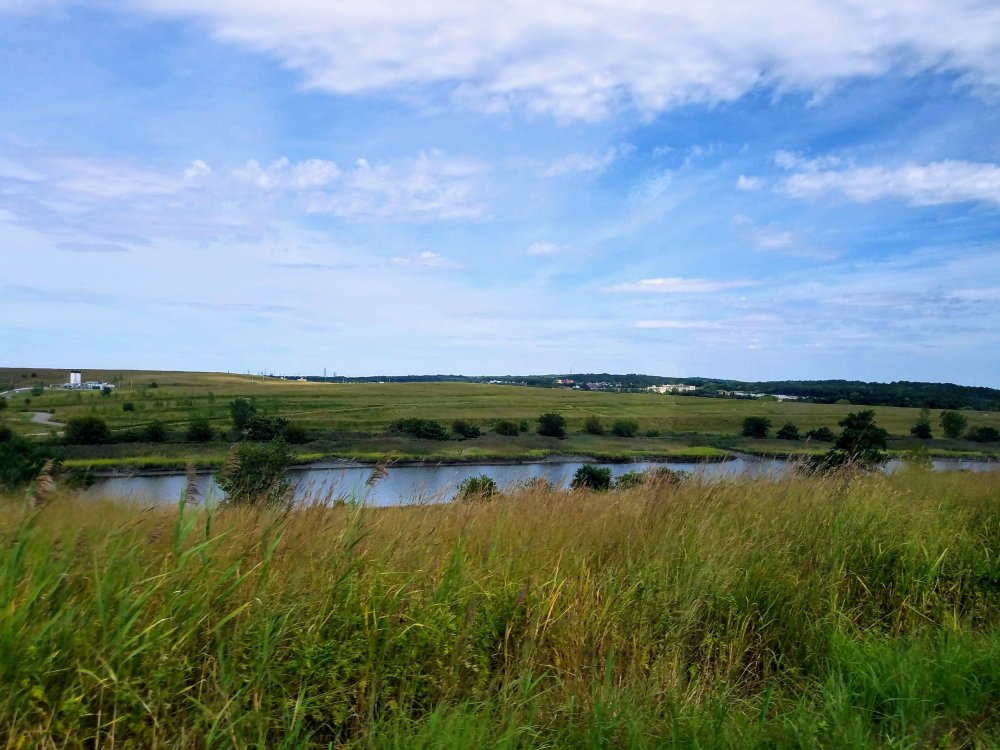
I hope you’ll make it to their Discovery Day on September 15th, but if you can’t, do try to check out one of their other upcoming events. Untapped Cities and the New York Adventure Club both offer tours at Freshkills Park, and you can also arrange group tours if you have a school or organization that would like to visit the park together. You can also learn more about the park through this wonderful timeline.
But no matter how you go, just go! See this fantastic place for yourself because it really has gone through an incredible transformation, and I think you’re going to love it as much as I did!
And if visiting a former landfill sounds like a fun time, you might also be interested in checking out NYC’s very own trash museum or climbing atop some digester eggs at Newtown Creek’s wastewater treatment plant!
Plan Your Own Visit
Where to Go
- Freshkills Park: 350 Wild Avenue, Staten Island, NY 10314
When to Go
- Since the park isn’t yet open to the public, you can only visit if you’re attending one of their scheduled activities. Check their calendar to find out when the next event is happening!
Tips for Visiting
- Some sections of the park have already opened to the public, and you can find them at the outer edges of the park. These include Schmul Park, the Owl Hollow Soccer Fields, and the New Springville Greenway.
- Although the rest of the park is closed to the public, there is still programming including nature walks and kayak tours that take place at the park April through November. Check out Discovery Day on September 15th! It’s free, and they offer free shuttle service from the ferry terminal in St. George.
- If you’d like to help contribute to the success of Freshkills Park, sign up to volunteer! It’s a great way to gain access while also helping to keep the park beautiful and their programming running.
- If you can’t make it to the park, check out these videos and this timeline to learn more about this fascinating place!
2 Comments Add yours